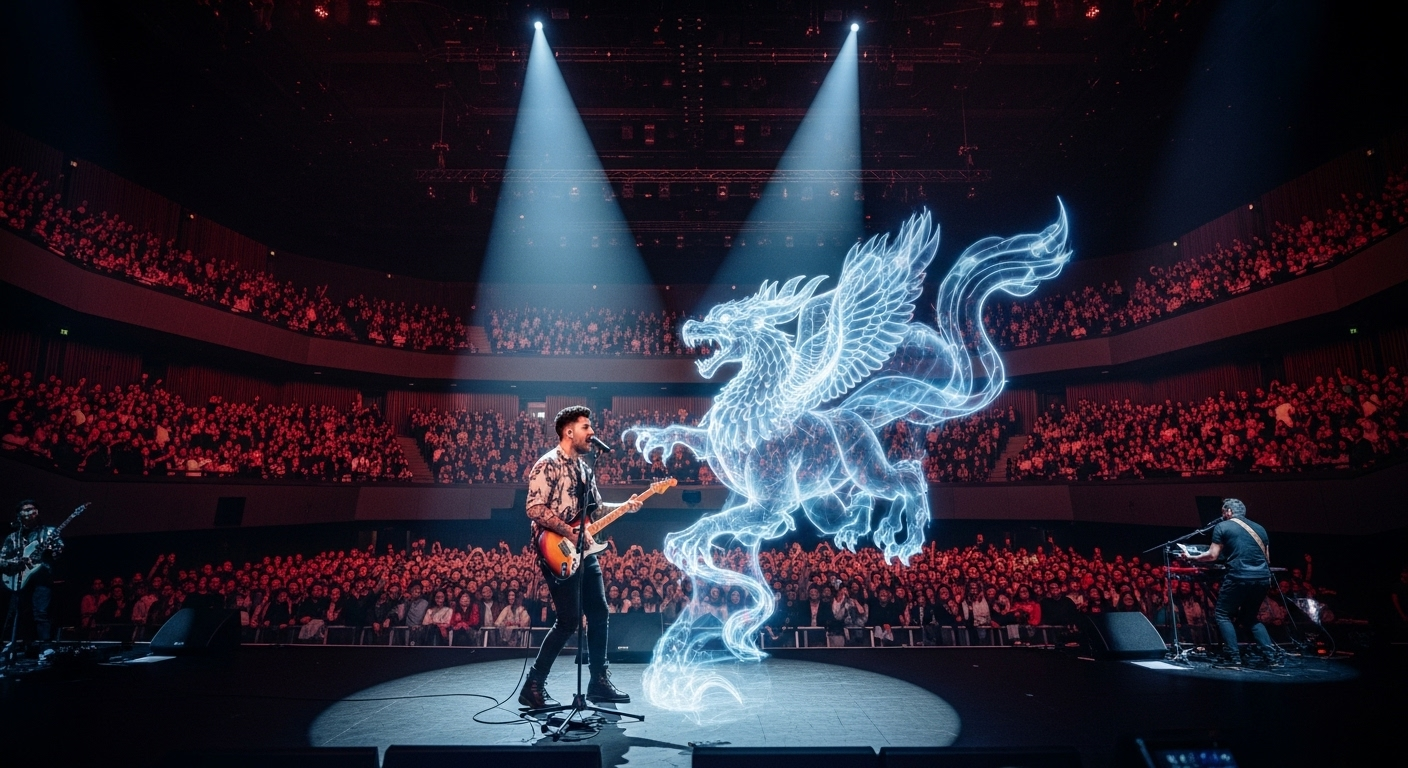Dissecting the Hologram Concert Trend: A New Dimension in Music Performance
In the vast landscape of the entertainment industry, one of the most intriguing developments in recent years has been the rise of hologram concerts. This technology-driven trend is revolutionizing the way audiences experience live music, blurring the lines between reality and illusion.

The Genesis of Hologram Concerts
The origins of hologram concerts trace back to the late 20th century when holography first started to influence the entertainment industry. The technology, however, was initially too expensive and complex to be applied extensively. It wasn’t until the groundbreaking “performance” by the late rapper Tupac Shakur at the 2012 Coachella Music Festival that hologram concerts began to gain traction. This event demonstrated the potential of holography to create immersive and realistic performances, sparking interest in the potential of this technology.
The Technology behind the Magic
The spectacle of a hologram concert is achieved through an illusion technique known as ‘Pepper’s ghost.’ This method involves projecting an image onto a transparent screen, creating a three-dimensional illusion. Advances in technology have refined this process, enabling the creation of lifelike and interactive holograms.
Current Trends and Developments
Hologram concerts are now becoming more widespread, with numerous companies capitalizing on this technology. One notable example is BASE Hologram, a company that has produced holographic tours for deceased artists like Roy Orbison and Whitney Houston. The trend also extends beyond posthumous performances – living artists like ABBA have announced hologram tours, highlighting the versatility of this technology.
Impact and Reception
The reception of hologram concerts has been mixed. Some embrace the technology as a way to experience performances of deceased or inaccessible artists. Others, however, criticize it as a commodification of an artist’s image and legacy. Regardless of the divided opinions, the undeniable impact of hologram concerts on the entertainment industry is their ability to challenge traditional notions of live performance.
Future Implications
As holography technology continues to evolve, its potential applications in the entertainment industry are vast. Beyond concerts, holography could revolutionize theatre, dance, and other performance arts, creating immersive experiences that defy the constraints of physical reality.
Hologram concerts represent a fascinating intersection of technology and artistry, reshaping our understanding of what a live performance can be. They exemplify the entertainment industry’s relentless pursuit of innovation, continually pushing the boundaries to create captivating experiences for audiences. While the future of this trend remains uncertain, one thing is clear: hologram concerts have added a new dimension to the world of live music.




